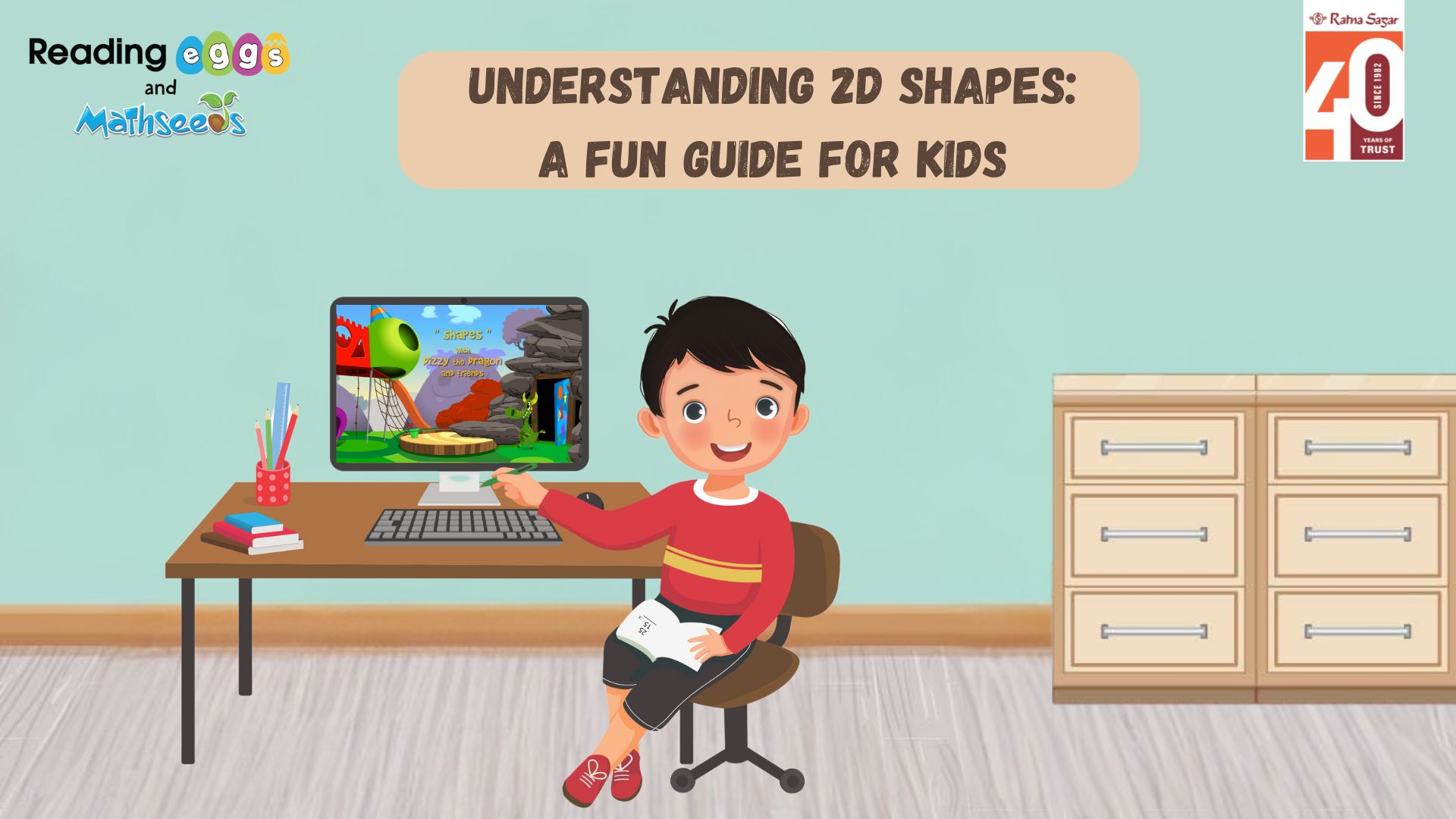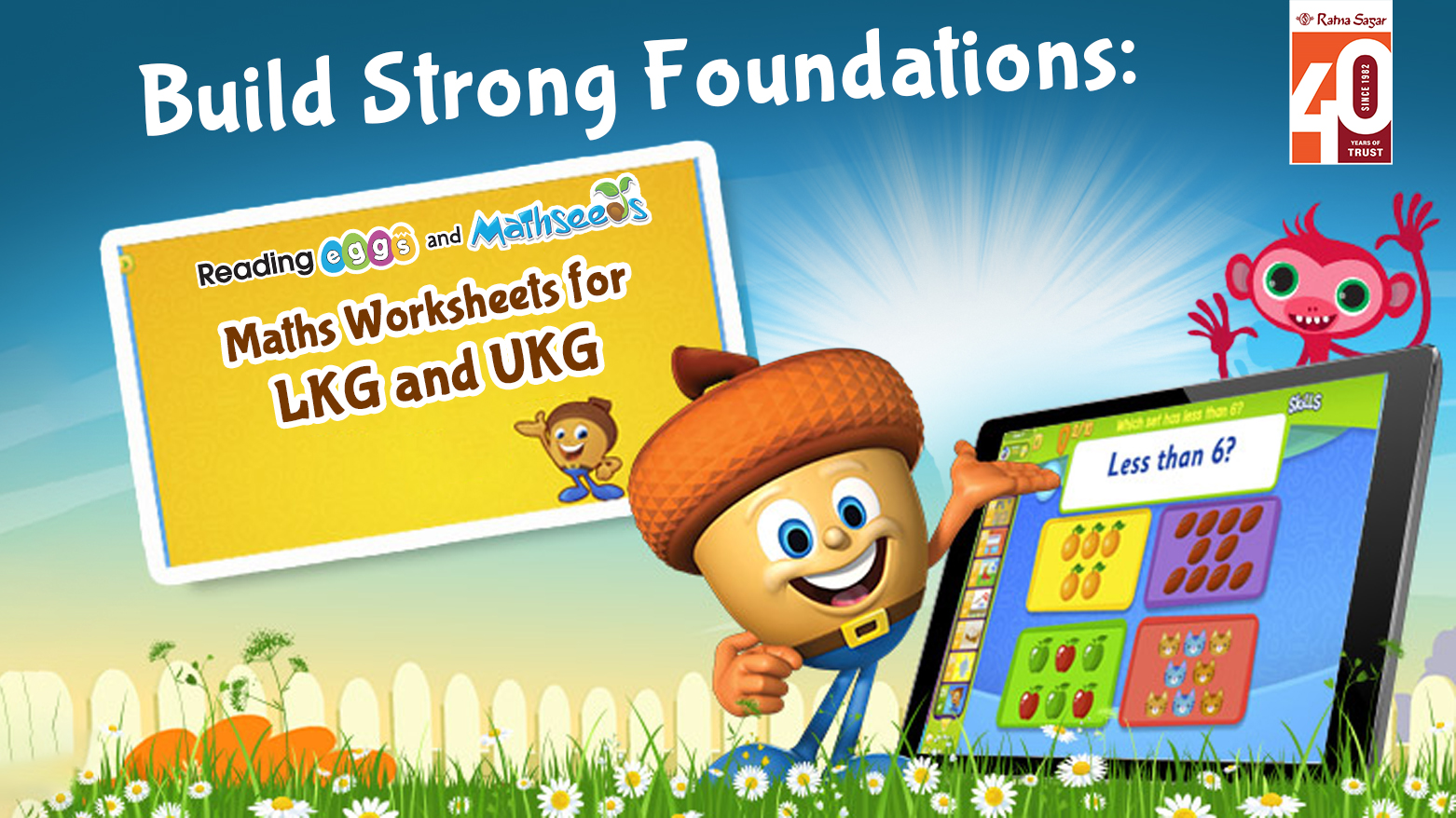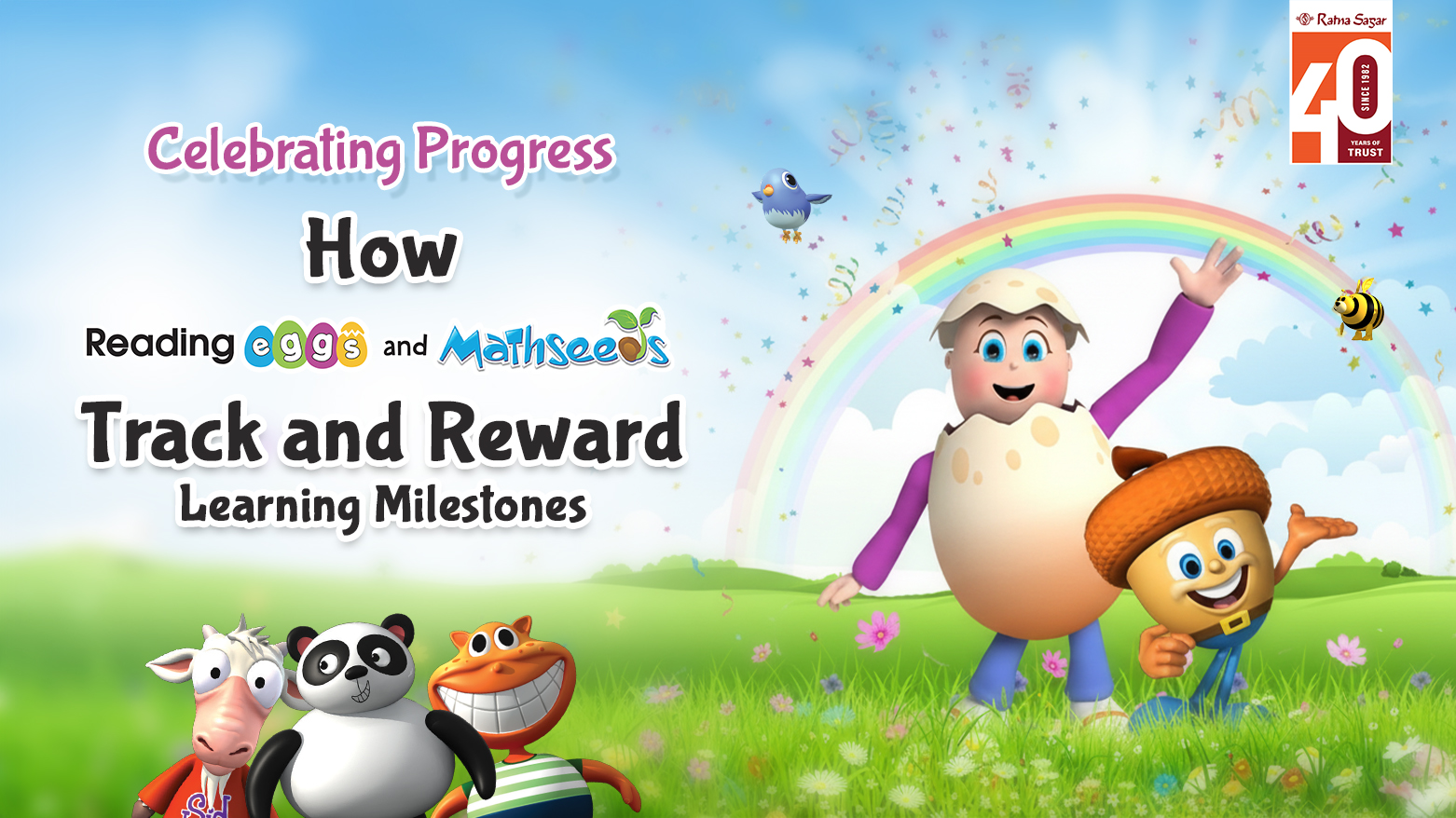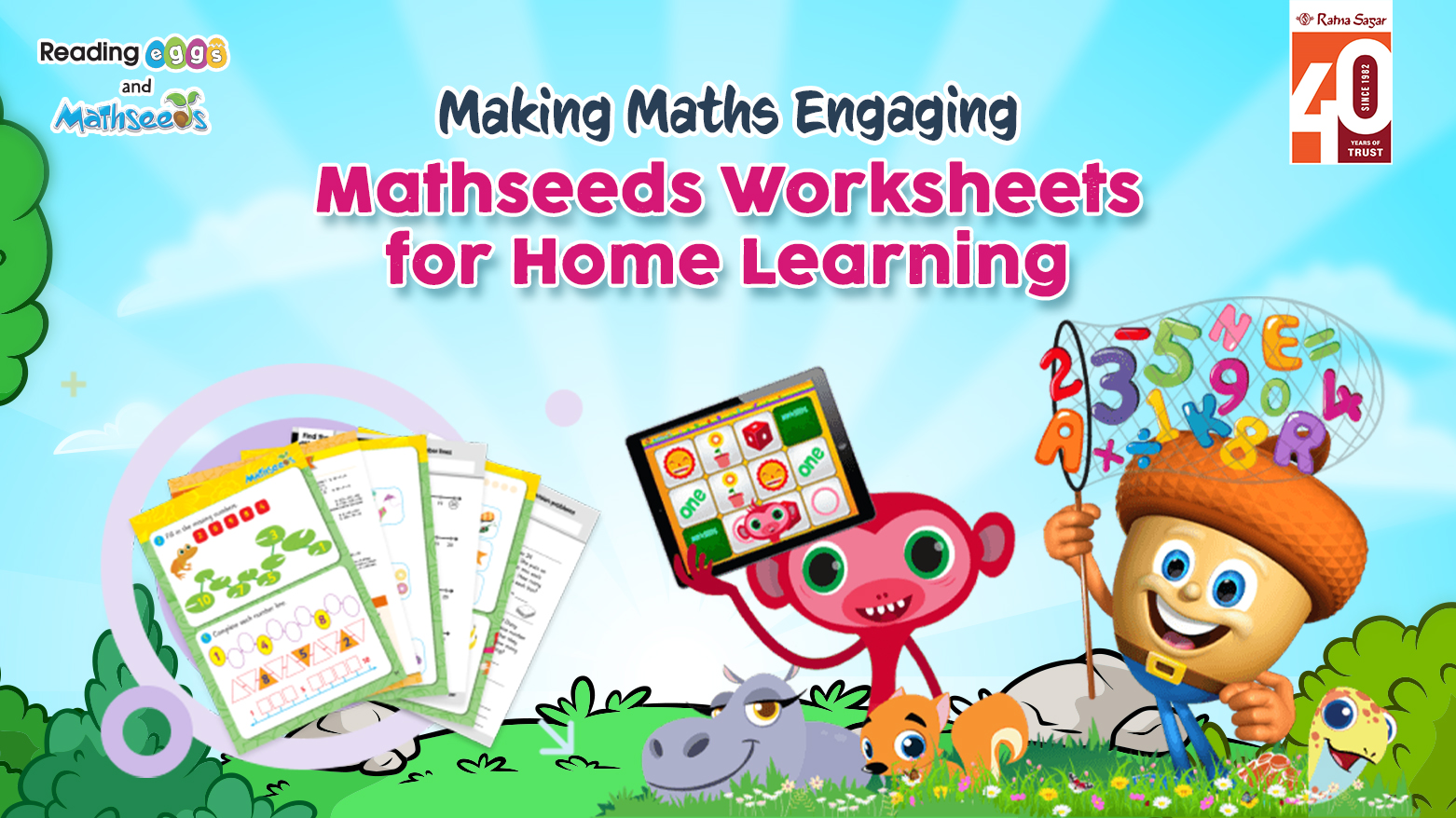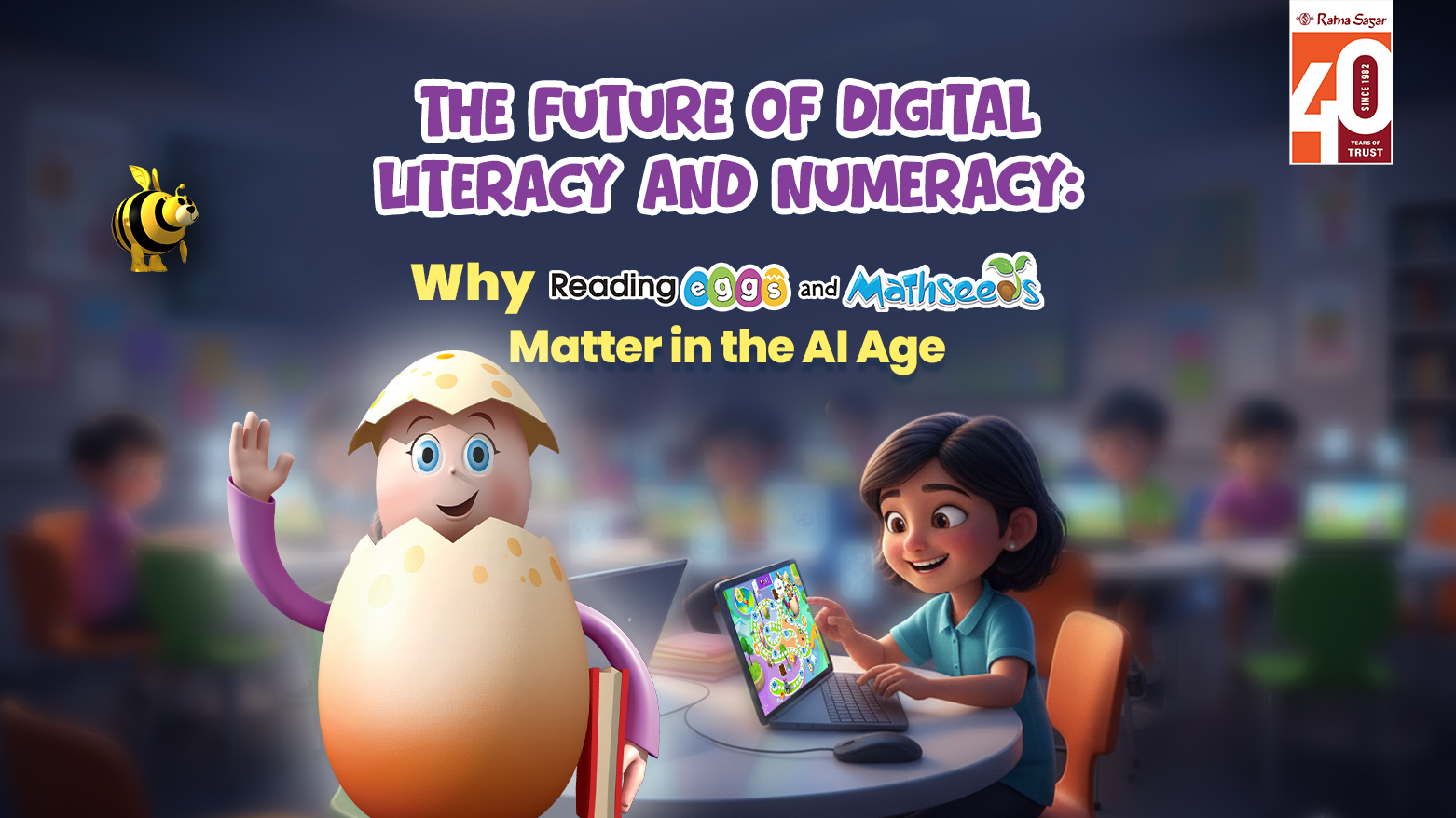Understanding 2D Shapes: A Fun Guide for Kids
Shapes are all around us! From the round clock on the wall to the square tiles on the floor, 2D shapes make up the world we see. But what exactly are two-dimensional shapes? How can kids learn to recognise them? Let’s dive into the exciting world of 2D objects and discover how learning shapes can be fun with Reading Eggs and Mathseeds!
What Are 2D Shapes?
2D shapes are flat shapes that have only two dimensions — length and width. Unlike 3D objects, they do not have depth. These two-dimensional shapes can be found everywhere, from the pages of a book to the wheels of a bicycle.
Understanding 2D shapes is important because they help children recognise patterns, solve problems and develop early maths skills. The best way to learn is through fun activities and that’s where Reading Eggs and Mathseeds comes in! With engaging lessons and interactive games, Mathseeds makes learning shapes for kids exciting and easy.
Common 2D Shapes and Their Properties
Here are some of the most common two-dimensional shapes and their characteristics:
- Circle: A circle is a round shape with no corners or edges. Every point on the circle is the same distance from the centre.
- Square: A square has four equal sides and four corners. It is one of the simplest 2D figures.
- Rectangle: A rectangle also has four corners but two sides are longer than the other two. It looks like a stretched square.
- Triangle: A triangle has three sides and three corners. There are different types of triangles, such as equilateral (all sides equal), isosceles (two sides equal) and scalene (all sides different).
- Oval: An oval looks similar to a circle but it’s in a stretched-out form.
- Pentagon: A pentagon has five sides and five corners.
- Hexagon: A hexagon has six sides.
- Octagon: An octagon has eight sides.
With Reading Eggs and Mathseeds, children can explore these 2D objects through fun animations and games, helping them understand how each shape looks and where it can be found in real life. Here’s a snippet from the programme which allows children to understand different 2D shapes:
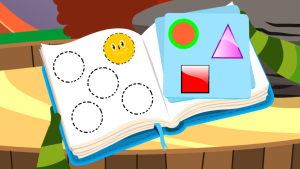
Source: Reading Eggs and Mathseeds
How to Teach 2D Shapes to Kids?
Teaching 2D figures can be enjoyable with the right approach. Here are some fun ways to help children understand two-dimensional shapes:
- Shape Hunt: Encourage kids to find 2D objects around the house or classroom. This simple game helps them see shapes in real life.
- Drawing and Tracing: Provide children with paper and crayons to draw and trace different 2D shapes. This activity strengthens hand-eye coordination and shape recognition.
- Shape Sorting: Cut out different 2D figures and ask kids to sort them based on their characteristics. For example, all shapes with four sides go in one group, while shapes with three sides go in another.
- Shape Collage: Cut out two-dimensional shapes from coloured paper and create fun pictures.
- Shape Stamping: Use sponges or potatoes cut into different 2D shapes to make art.
- Hopscotch with Shapes: Instead of numbers, draw 2D figures on the ground and have kids jump on them.
- Shape Bingo: Play a bingo game where kids must find and mark the correct 2D objects.
- Interactive Learning with Mathseeds: Reading Eggs and Mathseeds offers engaging lessons where children can play shape games, complete puzzles and solve shape-based challenges. The programme makes learning shapes for kids exciting and interactive!
Using Mathseeds to Master 2D Shapes
Reading Eggs and Mathseeds provides an excellent platform for young learners to understand 2D shapes. The lessons are designed to keep children engaged through:
Fun animations and songs
Children learn best when lessons are engaging and entertaining. Reading Eggs and Mathseeds uses bright, animated videos and catchy songs to introduce 2D shapes in a fun and memorable way. These animations bring two-dimensional shapes to life, showing how circles, squares, triangles and other shapes appear.

Source: Reading Eggs and Mathseeds
Interactive games
Learning through play is an effective way to help kids grasp new ideas. Reading Eggs and Mathseeds offers interactive games. Here’s a snippet from the programme where a child has to group 2D shapes into different categories:
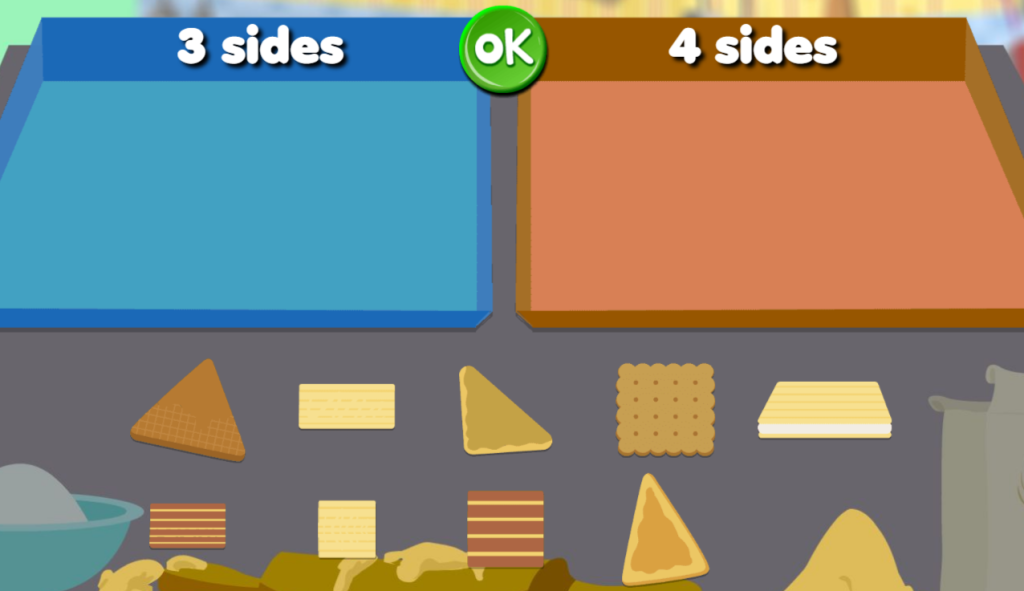
Source: Reading Eggs and Mathseeds
Step-by-step lessons
Instead of overwhelming children with too much information at once, Mathseeds follows a step-by-step approach. It first introduces each 2D shape one at a time, explaining its properties and showing examples. As they progress, the program reinforces their learning through repeated practise, ensuring they gain a strong understanding of two-dimensional shapes.
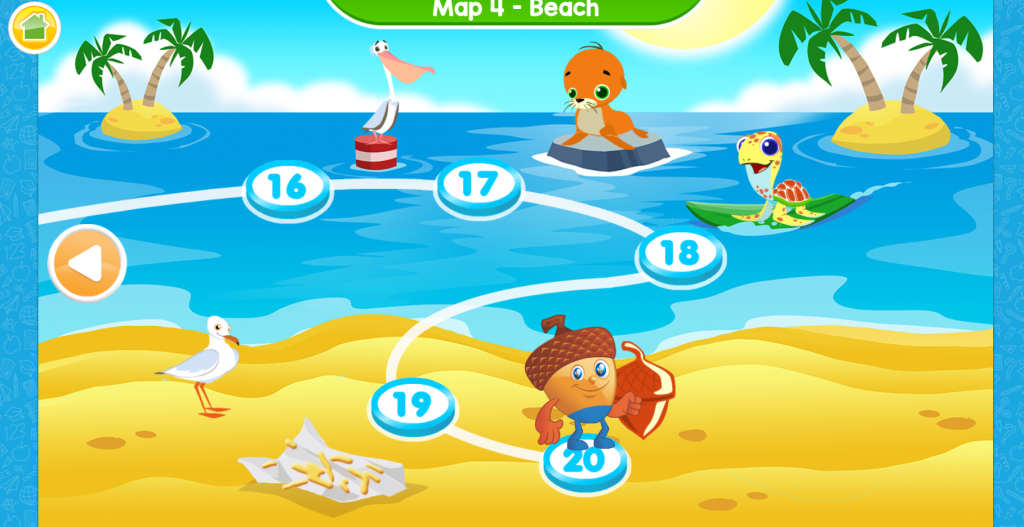
Source: Reading Eggs and Mathseeds
Rewards
Kids love to be rewarded for their achievements! Mathseeds keeps them motivated by offering virtual rewards, such as stars and badges, for completing activities. As they progress through lessons on learning shapes for kids, they can also earn certificates that recognise their success. These rewards encourage children to keep learning and make them feel proud of their progress.
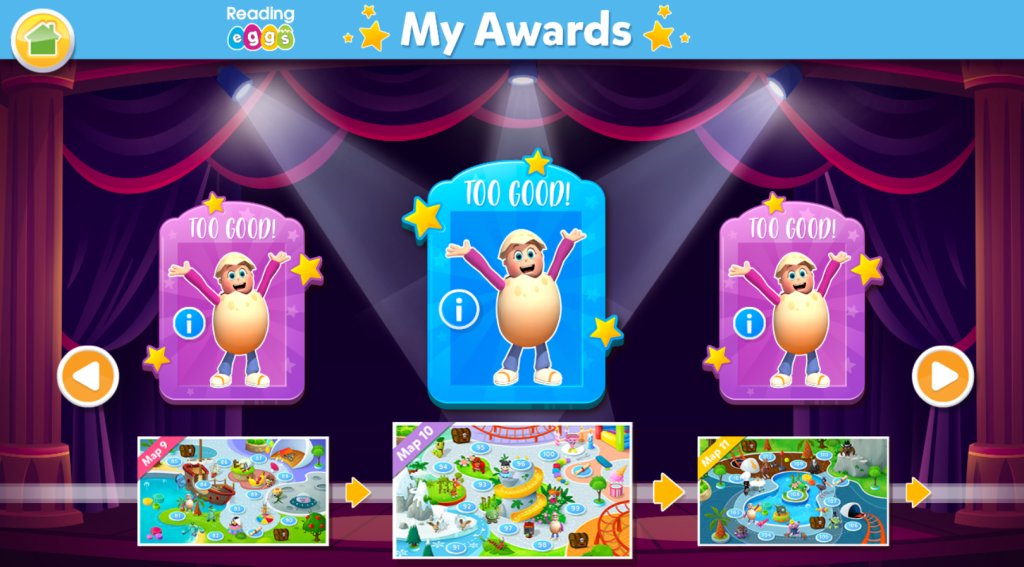
Book 7 days FREE trial For UKG Maths Worksheet
Conclusion
Recognising and understanding 2D shapes is an important skill that helps children build confidence in maths. By using fun activities, real-life examples and interactive learning tools like Reading Eggs and Mathseeds, kids can master two-dimensional shapes in no time. So, let’s make learning shapes for kids an exciting adventure. Encourage your kids to explore Mathseeds today, and watch them become shape experts!
